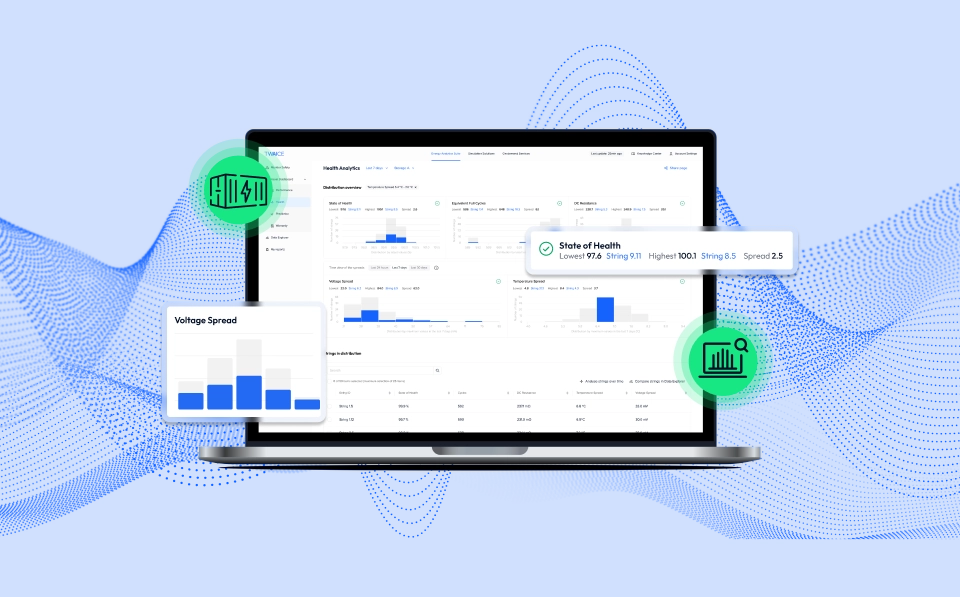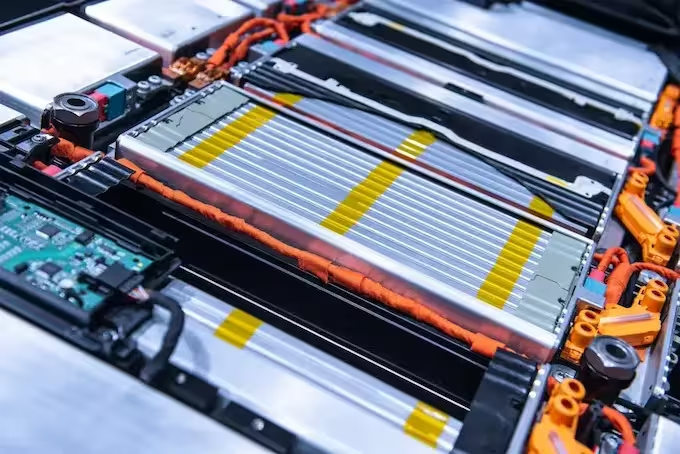Batteries are complex systems whose operation is determined by a variety of factors, making long term projections a challenge. However, it is possible to understand the future conduct of these systems by building models that mimic their behavior and leverage the computational power to perform the required calculations.
.avif)
Approaches to battery modeling
From an industry and user perspective
Why battery modeling
In our everyday life, we are surrounded by increasingly complex products, which makes understanding these and their interaction within other systems more complicated. Batteries started off relatively simple with the Daniell element, and later the Voltaic Pile, which consisted of copper and zinc plates stacked on top of each other and separated with a cotton cloth that had been soaked in salt water.
Nowadays, battery systems in electric vehicles consist of numerous, individual battery cells connected in series and parallel, with each battery cell containing various solid and liquid materials and other supporting components. Additionally, the operation of a battery is not only determined by its internal components and material properties, but also by the surrounding environment, which makes it necessary to take external influences into account when trying to foresee its operation. Particularly for long-term projections, it is challenging to consider all these mechanisms.
To understand how these complex systems will behave, we build models or replicates, also known as “digital twins” of these complex systems to mimic their behavior and leverage the computational power to perform the required calculations.
Such models of real-life systems are not only generated in the battery industry but are also used in various other industries. Such as in the automotive industry for crash simulations, in the construction sector for mechanical stability validation and climate research to better understand the influence of different gasses on the Earth's atmosphere. This shows how models can have different dimensions in space and time. The automotive crash tests simulate the deformation of small, centimeter long components within a simulation time of a few seconds, while the Earth's climate models cover the entire planet and time horizons of up to several decades.
For batteries, nearly all these spatial and time horizons are important.
Download the full whitepaper to learn more about the different battery modeling approaches.
The whitepaper covers the following topics:
- Why battery modeling
- Different kinds of battery models: atomic and molecular level models, physical-chemical models, equivalent circuit models, hybrid models, purely data-driven, system modeling
- Benchmark for battery system designers and developers
- Benchmark and conclusions

See TWAICE Energy Storage Analytics in Action
Sign up for the next live group demo and learn how TWAICE can transform your BESS operations. In just 30 minutes, you’ll get a demo of key features and use cases, and engage with our product experts for a live Q&A.




.avif)
